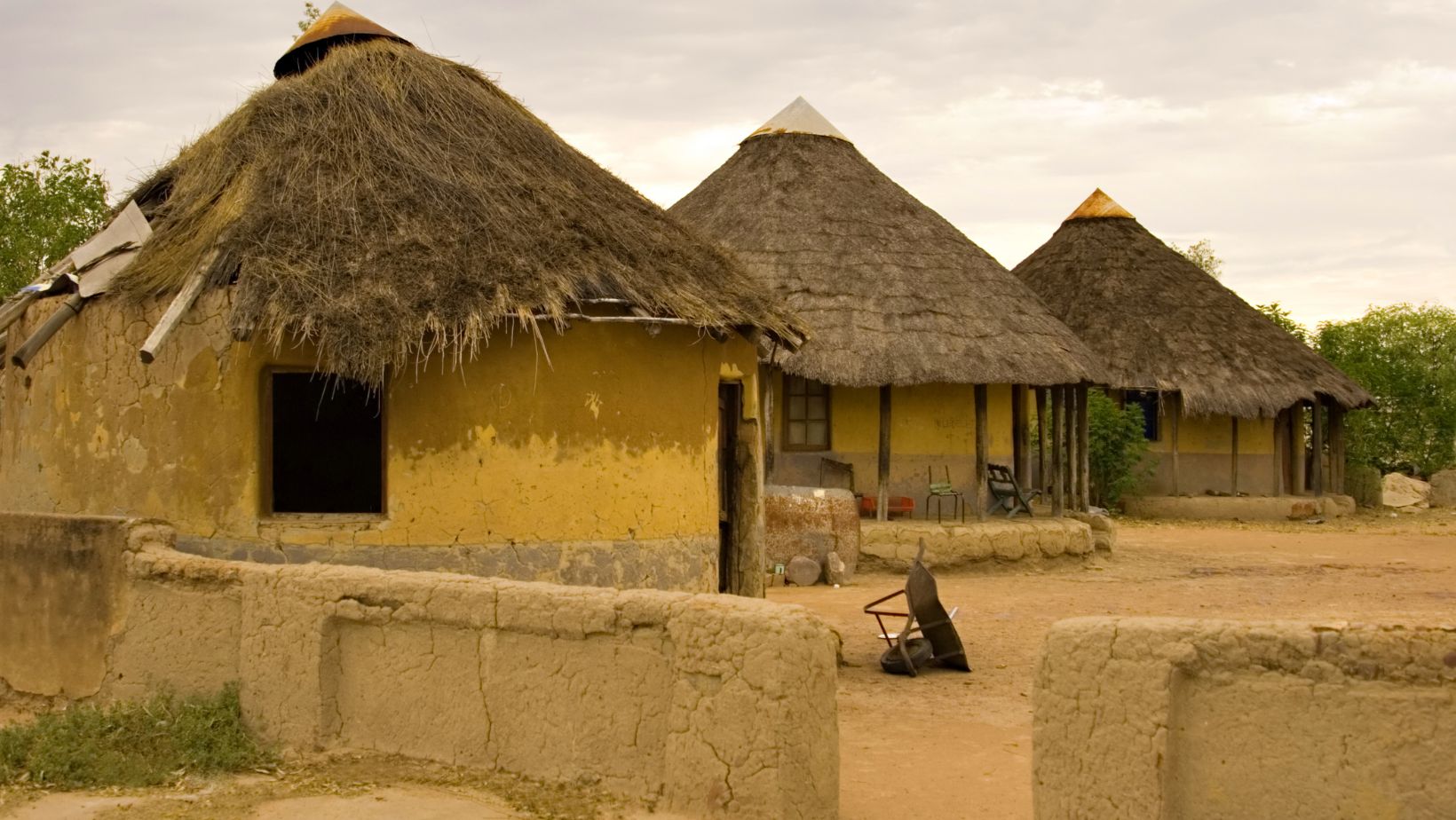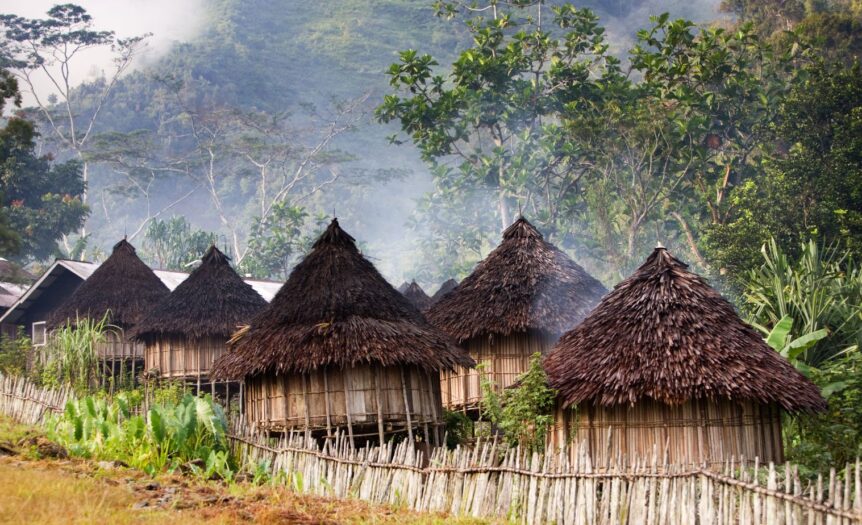I Became The Chief of a Primitive Village
Becoming the chief of a primitive village was an unexpected turn of events in my life. It was a journey that I could have never anticipated, but one that I will forever cherish. It was a test of my abilities and a chance to embrace a new way of life.
As I arrived in this remote corner of the world, I had no idea that I would be thrust into a position of leadership. The village had its own customs, traditions, and a deeply entrenched tribal hierarchy. The villagers looked to me to guide them, to make decisions on their behalf, and to represent their interests.
Navigating through the tribal traditions was an immense challenge. I had to learn to respect and understand their way of life, while also bringing in fresh ideas and perspectives. It was a delicate balance, but one that I was determined to master.
Building bonds with the villagers was crucial to gaining their trust and support. I spent countless hours sitting with them, listening to their stories, and immersing myself in their daily lives. Through shared experiences and heartfelt conversations, I gradually earned their respect and became part of their community.
Challenges And Opportunities
Adjusting to a Different Way of Life
Becoming the chief of a primitive village was a life-altering experience. From the moment I stepped into the village, I had to adapt to a completely different way of life. The absence of modern amenities and the reliance on traditional practices forced me to reconsider my own expectations and embrace simplicity. Navigating the challenges of limited resources, basic infrastructure, and rustic living conditions required resilience and flexibility. It was a constant learning process as I immersed myself in the daily routines and traditions of the villagers.
Gaining The Trust of The Villagers
One of the most significant challenges I faced as the chief of the primitive village was gaining the trust and acceptance of the villagers. It was essential to establish a deep connection built on respect and understanding. I had to prove my commitment to their well-being and show that I genuinely cared about their concerns and aspirations. By actively participating in community activities, listening to their needs, and involving them in decision-making processes, I gradually earned their trust. It was a delicate balance of asserting leadership while ensuring that their voices were heard and respected.
Gaining their trust opened up opportunities for growth and collaboration. Together, we were able to identify areas for improvement and implement initiatives that positively impacted the community. By taking their insights into account, we worked towards sustainable solutions and collectively addressed challenges such as healthcare, education, and economic development.

Leading The Community
Establishing Communication Channels
When I became the chief of a primitive village, one of the most important tasks I faced was establishing effective communication channels with the members of the community. Without clear and open lines of communication, it was challenging to address their needs, concerns, and ideas.
To overcome this hurdle, I prioritized the following communication strategies:
- Regular village meetings: I scheduled weekly village meetings where everyone could gather and openly share their thoughts and issues. These meetings became a platform for brainstorming solutions, discussing important matters, and fostering a sense of unity among the villagers.
- Designated village representatives: To ensure that every voice was heard, I appointed representatives from different sections of the village. These representatives acted as intermediaries between the villagers and me, creating a direct channel for feedback, suggestions, and requests.
- Implementing two-way communication: I encouraged an environment of open dialogue and active listening. It was essential for me to not only communicate my decisions, but also to listen to the concerns and suggestions of the villagers. This helped build trust and fostered a sense of ownership within the community.
Implementing Rules And Regulations
To maintain order and harmony within the village, it was crucial to establish and implement clear rules and regulations. As the chief, it was my responsibility to ensure that everyone in the community understood and followed these guidelines.
Here’s how I successfully implemented the rules and regulations:
- Creating a comprehensive framework: I worked closely with the village elders and community members to develop a set of rules and regulations that aligned with the values and needs of the community. This framework addressed important areas such as resource management, dispute resolution, and community participation.
- Education and awareness: I conducted regular workshops and training sessions to educate the villagers about the importance of these rules and regulations. By explaining the reasoning behind each rule and its impact on the community, I was able to gain their understanding and cooperation.
- Consistent enforcement: To ensure compliance, I emphasized the importance of consistent enforcement. By treating each violation fairly and taking appropriate action, I established a sense of fairness and accountability within the community.
Conclusion
Becoming the chief of a primitive village has been a transformative journey for me. Through the implementation of various strategies, the village has experienced significant development and progress. Establishing effective communication channels, designating village representatives, and promoting active listening and open dialogue have fostered a sense of unity and collaboration among the villagers. Additionally, creating a comprehensive framework for rules and regulations has ensured fairness and accountability within the community.









